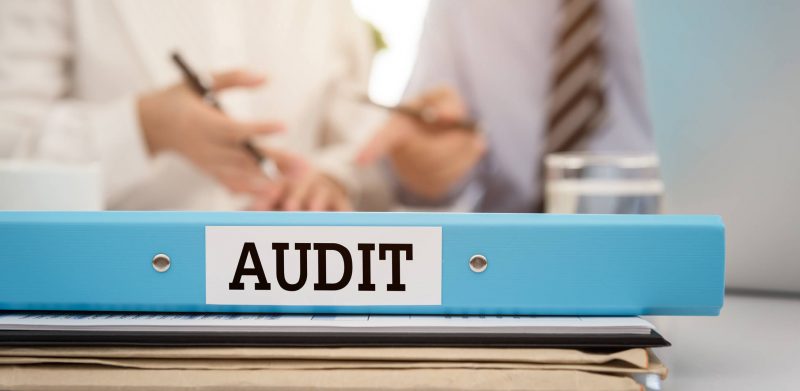
Internal auditing: how to build a customs compliance plan?
The way the CBSA operates has changed in recent times. Previously, customs conducted random customs audits; now, it focuses more on targeting certain industries (a list is available on the CBSA Web site). In other words, if the CBSA has reason to believe that a particular industry presents a risk of error in its customs compliance, it is likely to audit that industry. Usually, it can find a high percentage of errors and impose costly penalties on problems that can often be avoided.
To learn more about how the CBSA conducts an audit, we invite you to read the following article: Key points to surviving a customs audit. In the following lines, we will give you advice on conducting an internal audit as a company. More specifically, we will present the necessary steps to set up a customs compliance plan that will allow you to be in good standing with customs.
Doing business with a customs broker does not mean you are compliant!
Often, companies believe that their customs compliance is in order because they deal with a customs broker. That’s not true! Customs clearance and customs compliance are two different things that are related; you can read about that here. Basically, it is important to remember that the importer is always responsible for their customs declarations and for maintaining customs compliance within their organization.
We recommend that you conduct internal audits once or twice a year to ensure that you comply with customs regulations. To do this, it is essential to build a customs compliance plan within the organization.
How to implement a customs compliance plan with employees in a few steps
Building a customs compliance plan in your business by ultimately creating a useful compliance manual for your employees doesn’t happen overnight. Certain steps must be put in place in order to successfully implement the plan. To do this, some elements are necessary:
- Management commitment;
- An internal employee to complete the project; and
- The awareness of all within the company (everyone collaborates).
In developing your plan, a few points should be minimally respected. We can define some minimum requirements:
- Understand business transactions;
- Understand the different scenarios of commercial transactions;
- Ensure consistency between mapping and reality;
- Manage the database of products and HS codes;
- Verify past statements (Canadian and American);
- Manage NAFTA-AECG certificates of origin;
- Establish an approval process for payment of customs broker invoices;
- Develop in-house expertise in customs matters; and
- Establish a documented and permanent practice.
Where can I get customs training or help?
Of course, some companies do not have the knowledge to begin implementing a customs compliance plan. To help you start such a project, we provide you with training that will greatly help you. You can also contact us for personalized coaching within your company to help you develop a customs compliance plan.
Taking responsibility for customs compliance is the key to success!
To avoid major and minor government penalties, seizures of goods and cost increases, it is necessary to establish internal procedures that will allow you to audit yourself before the CBSA does. Building a compliance plan doesn’t happen overnight and requires the commitment of many players within your organization. To guide you in your steps, the W2C team remains at your disposal.